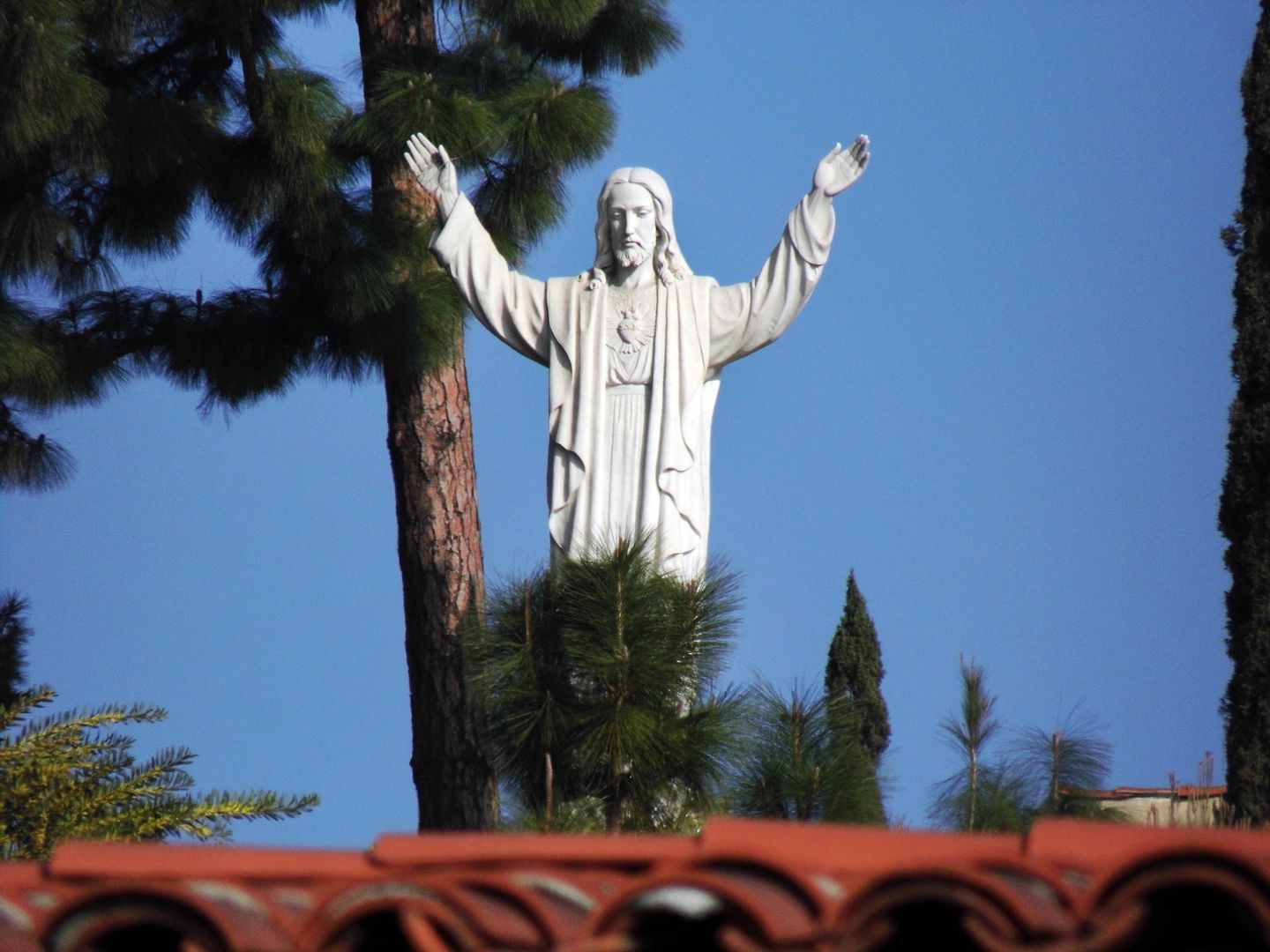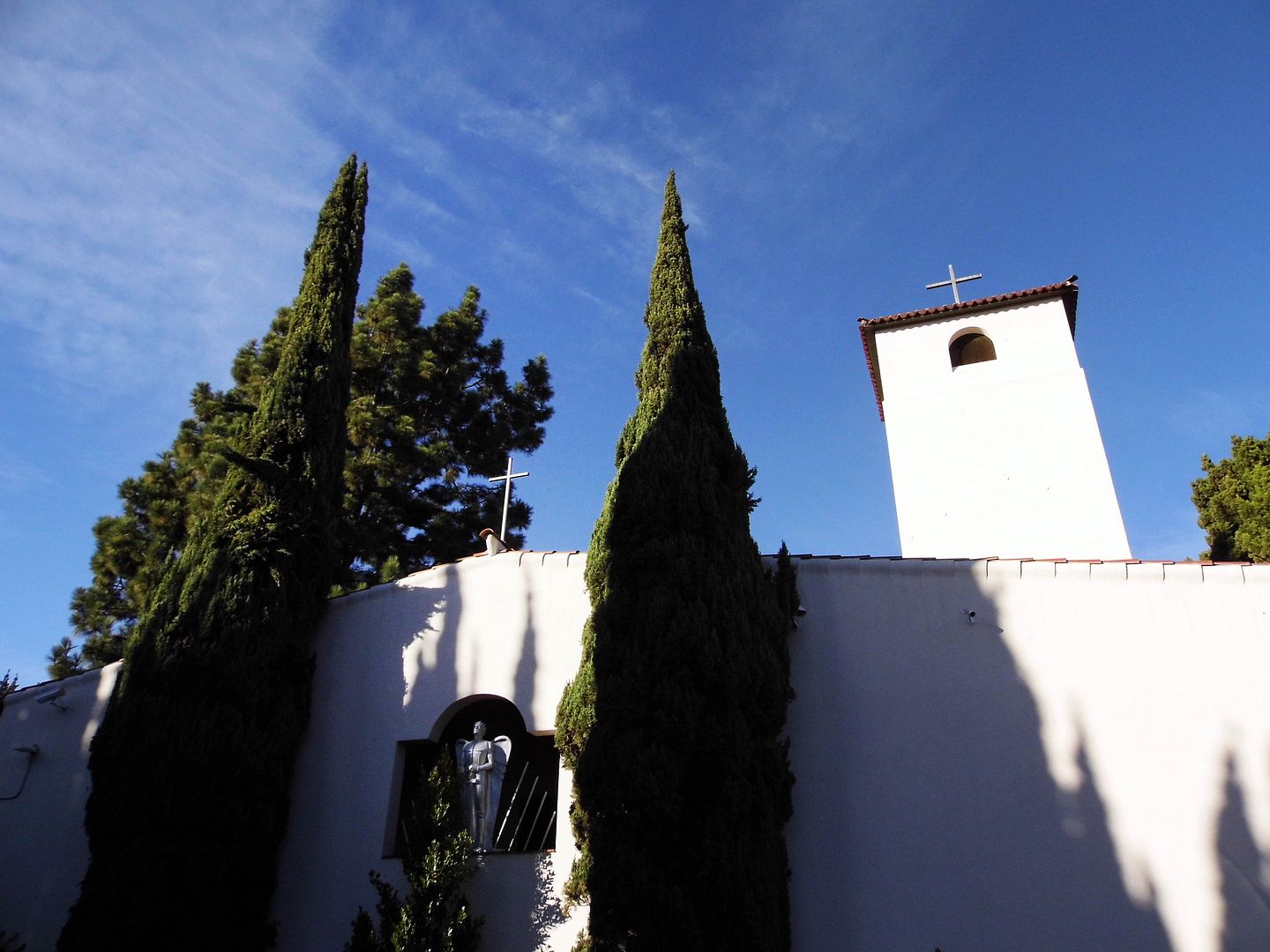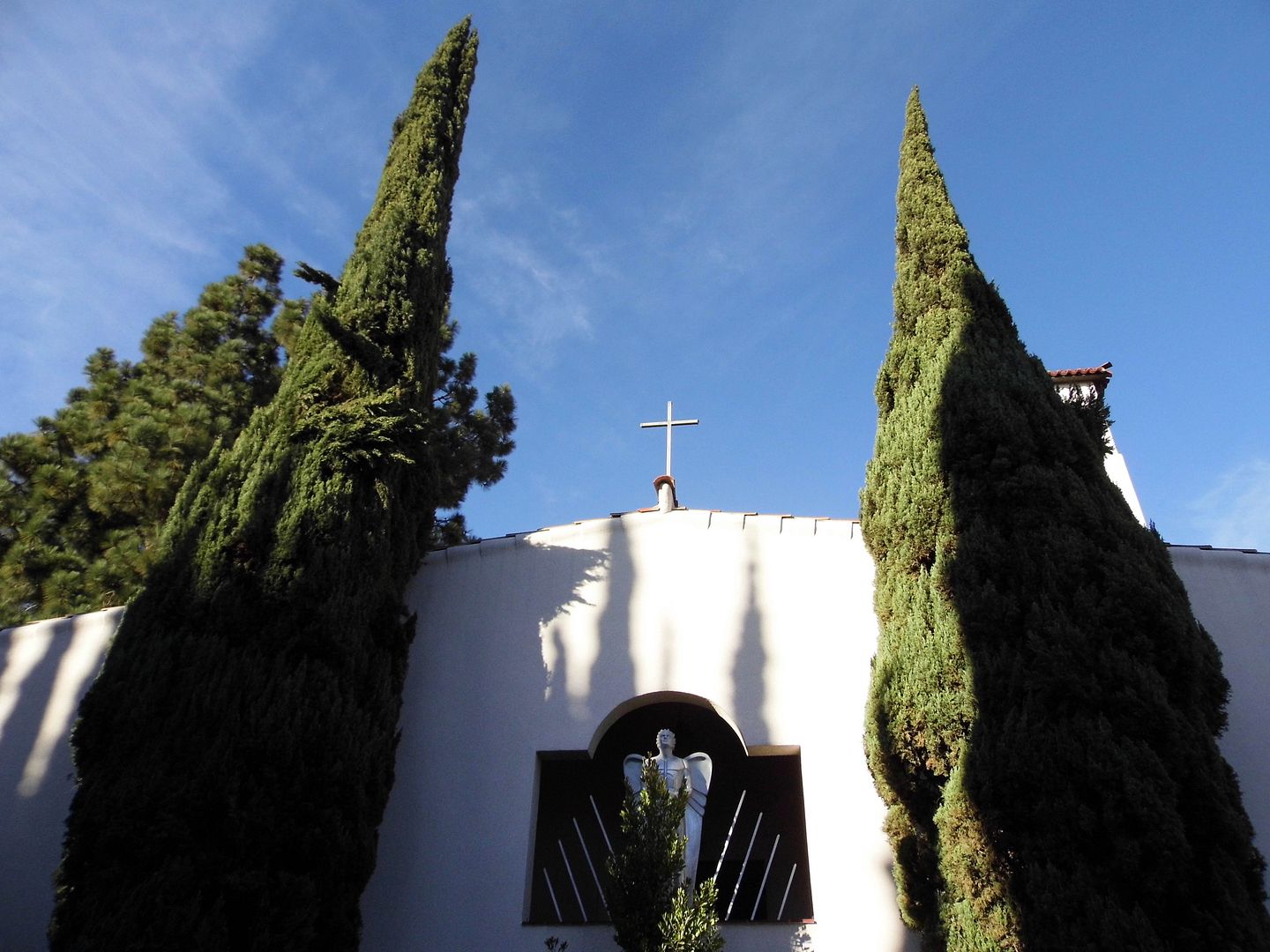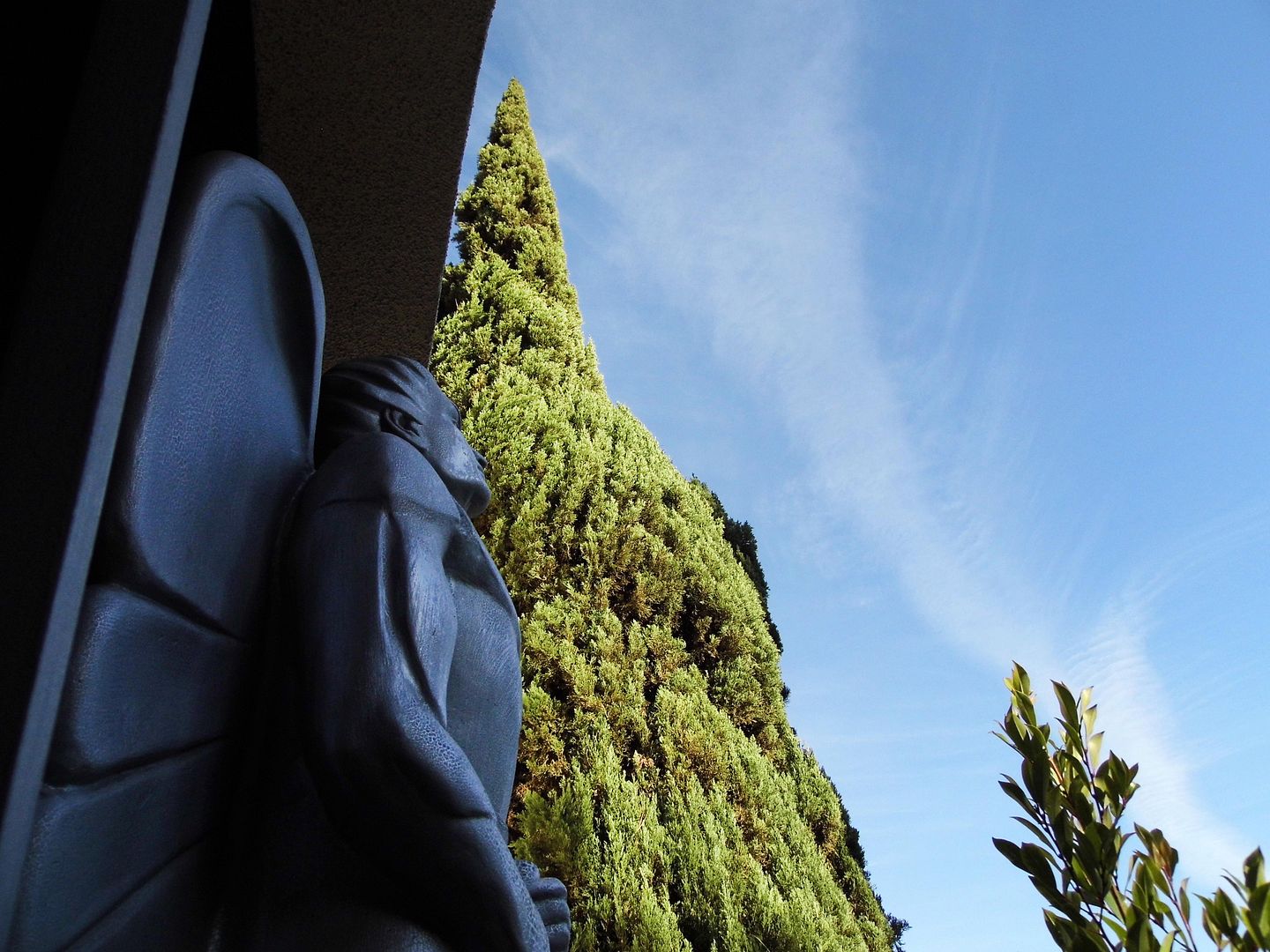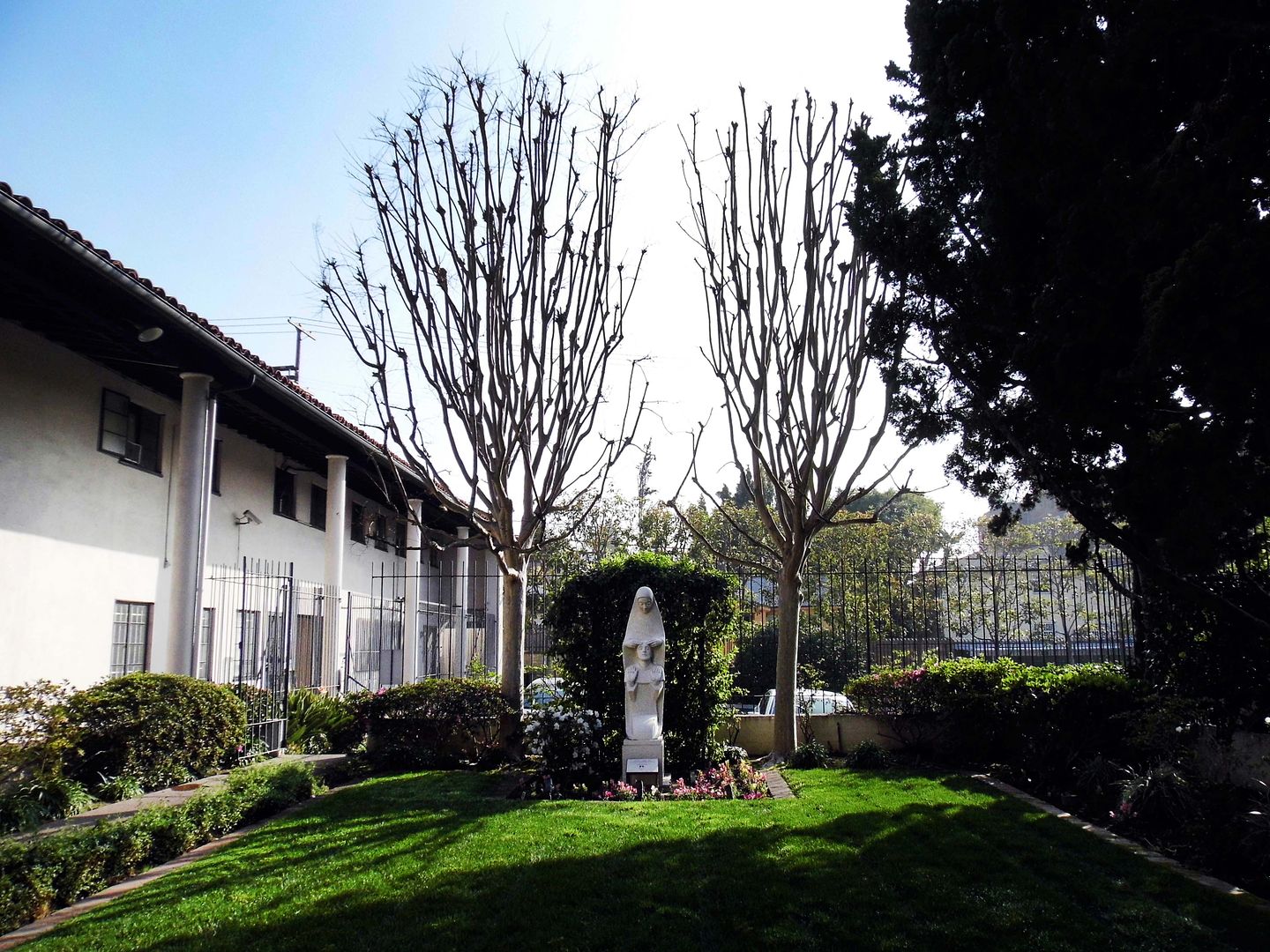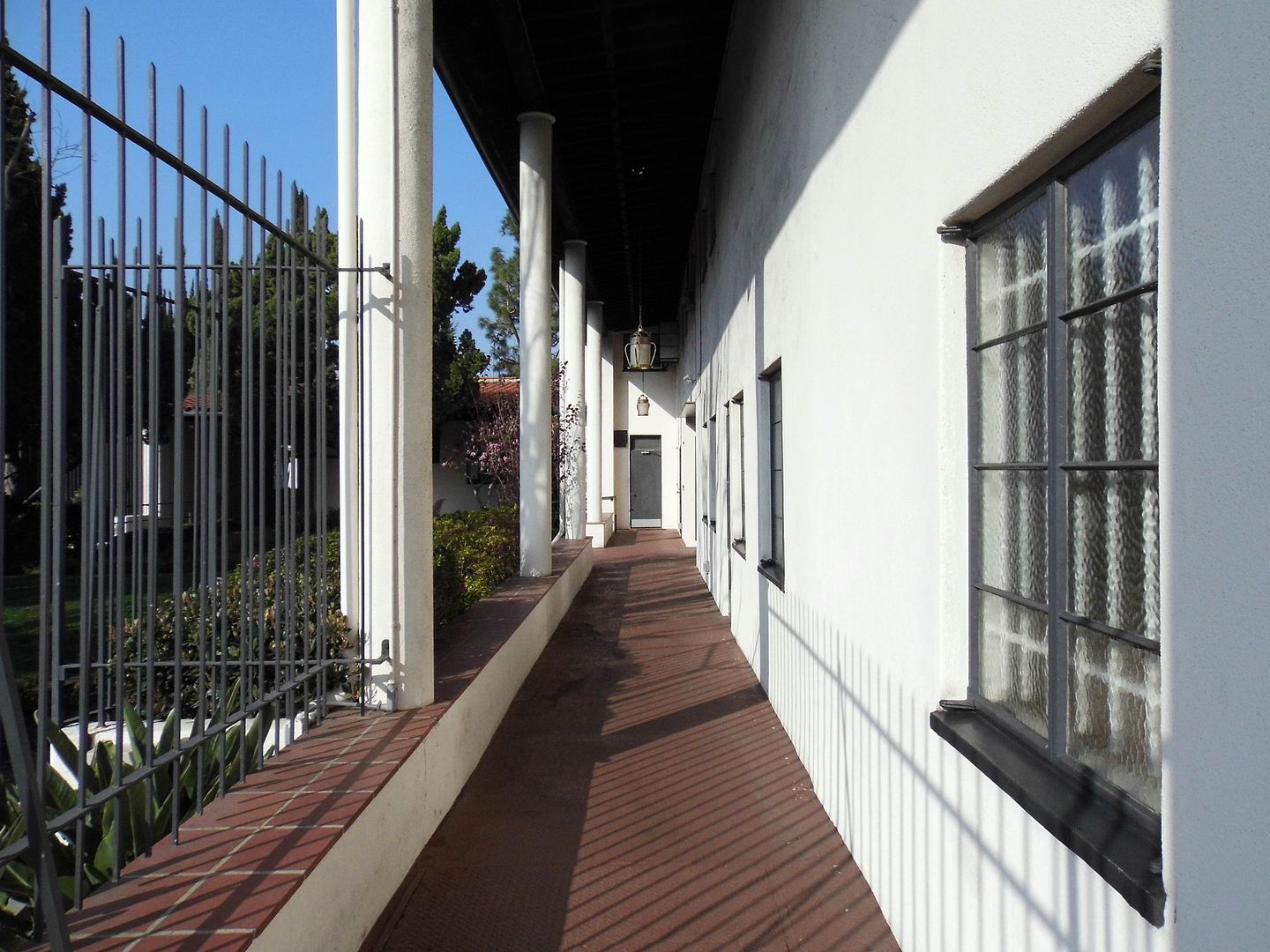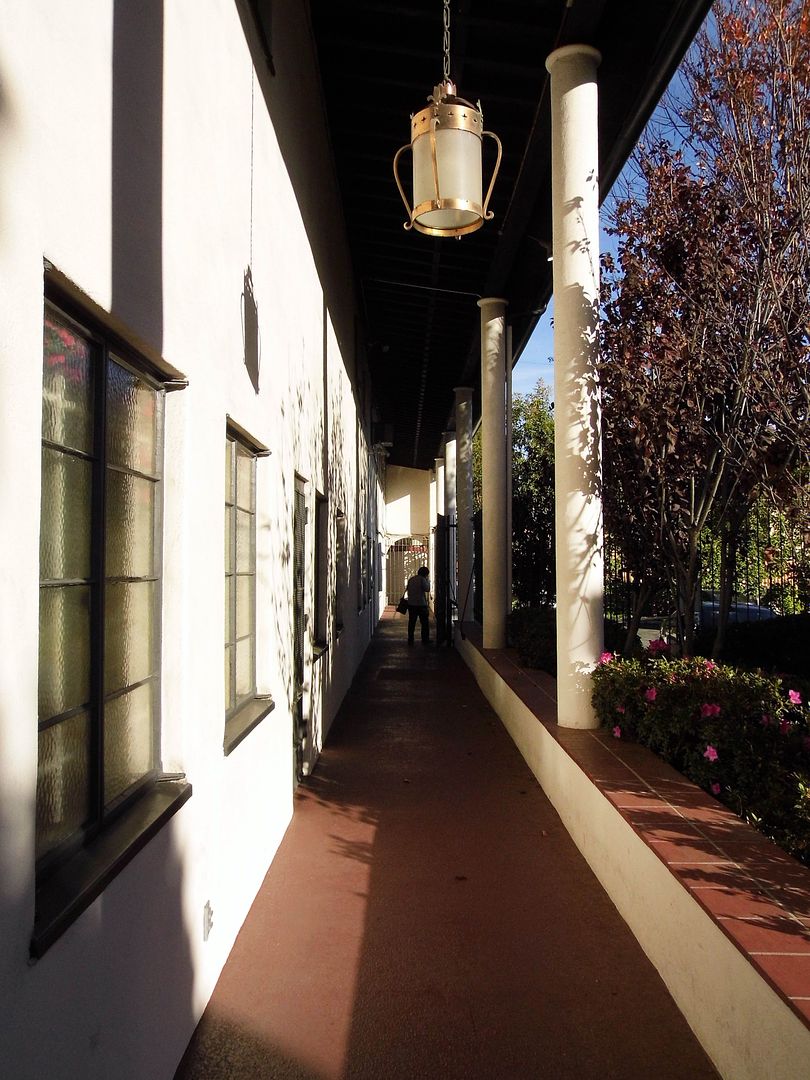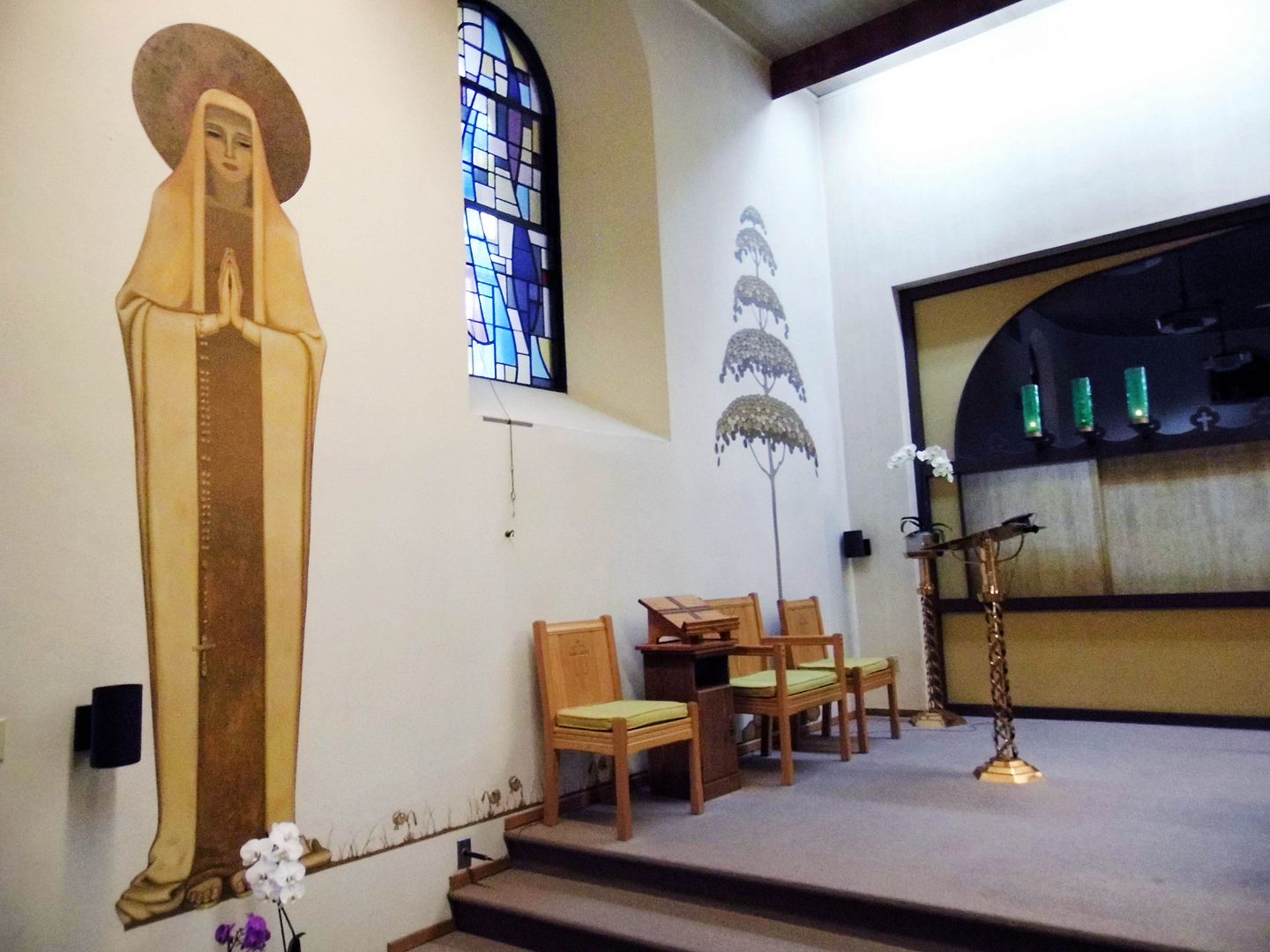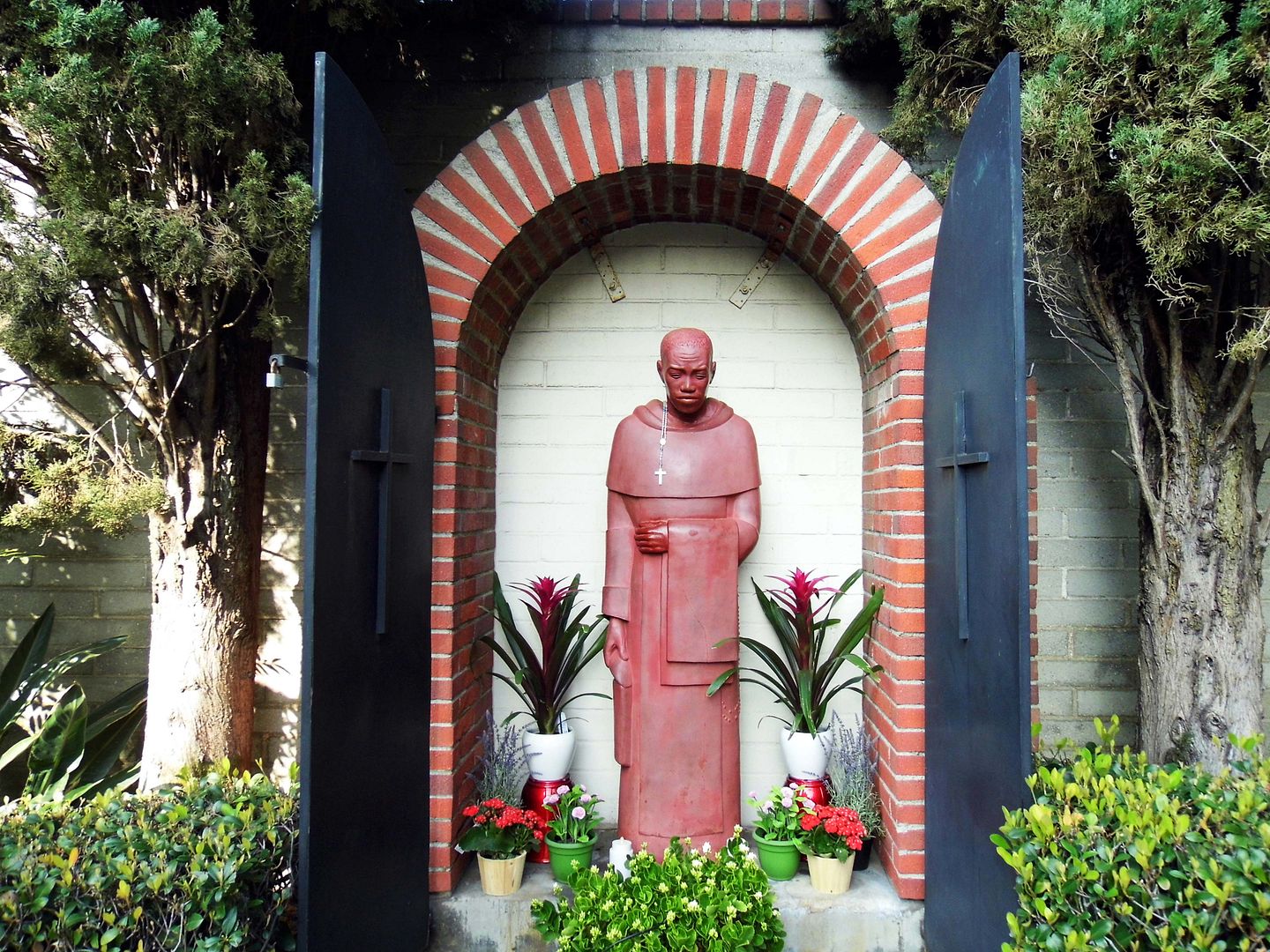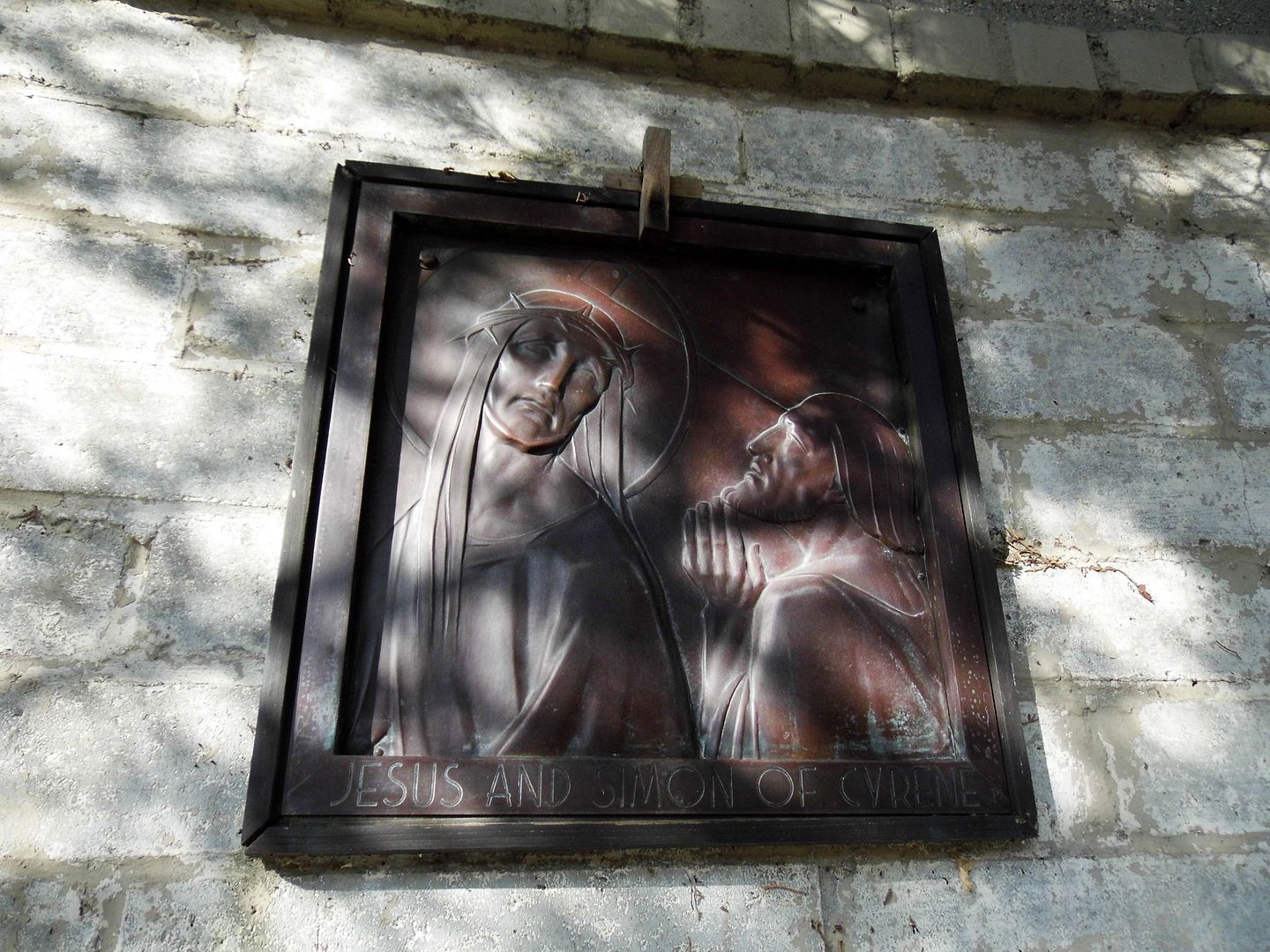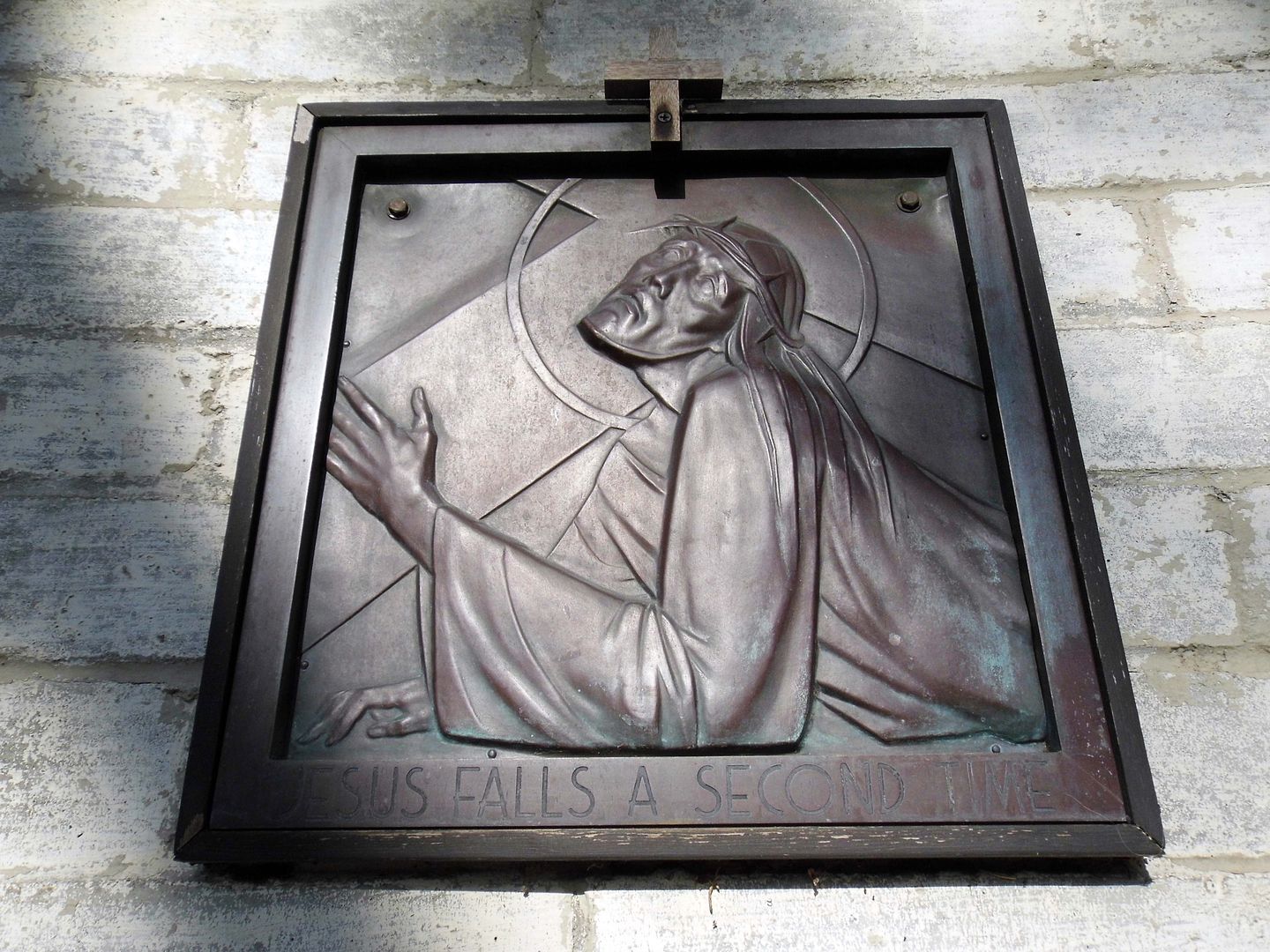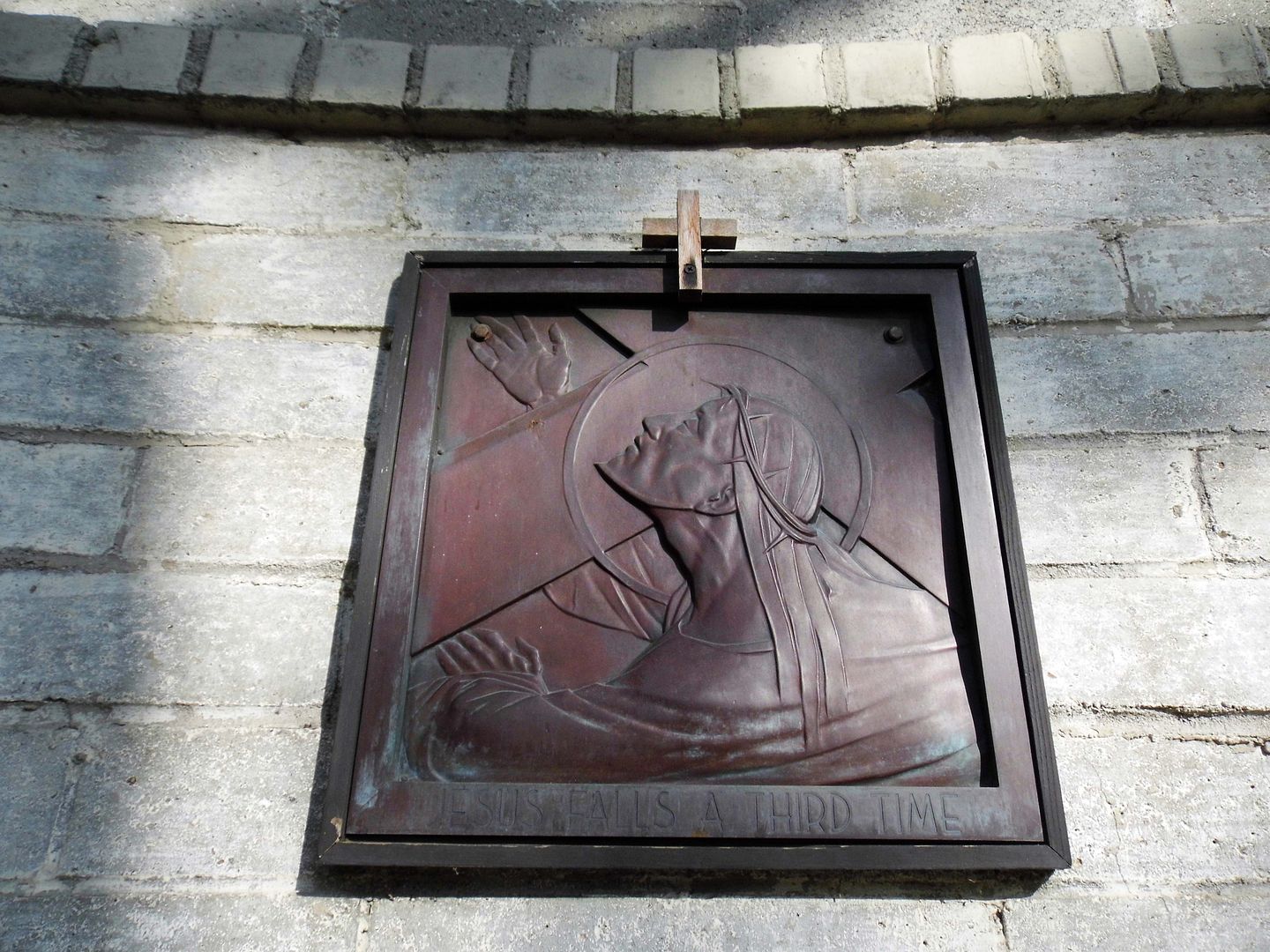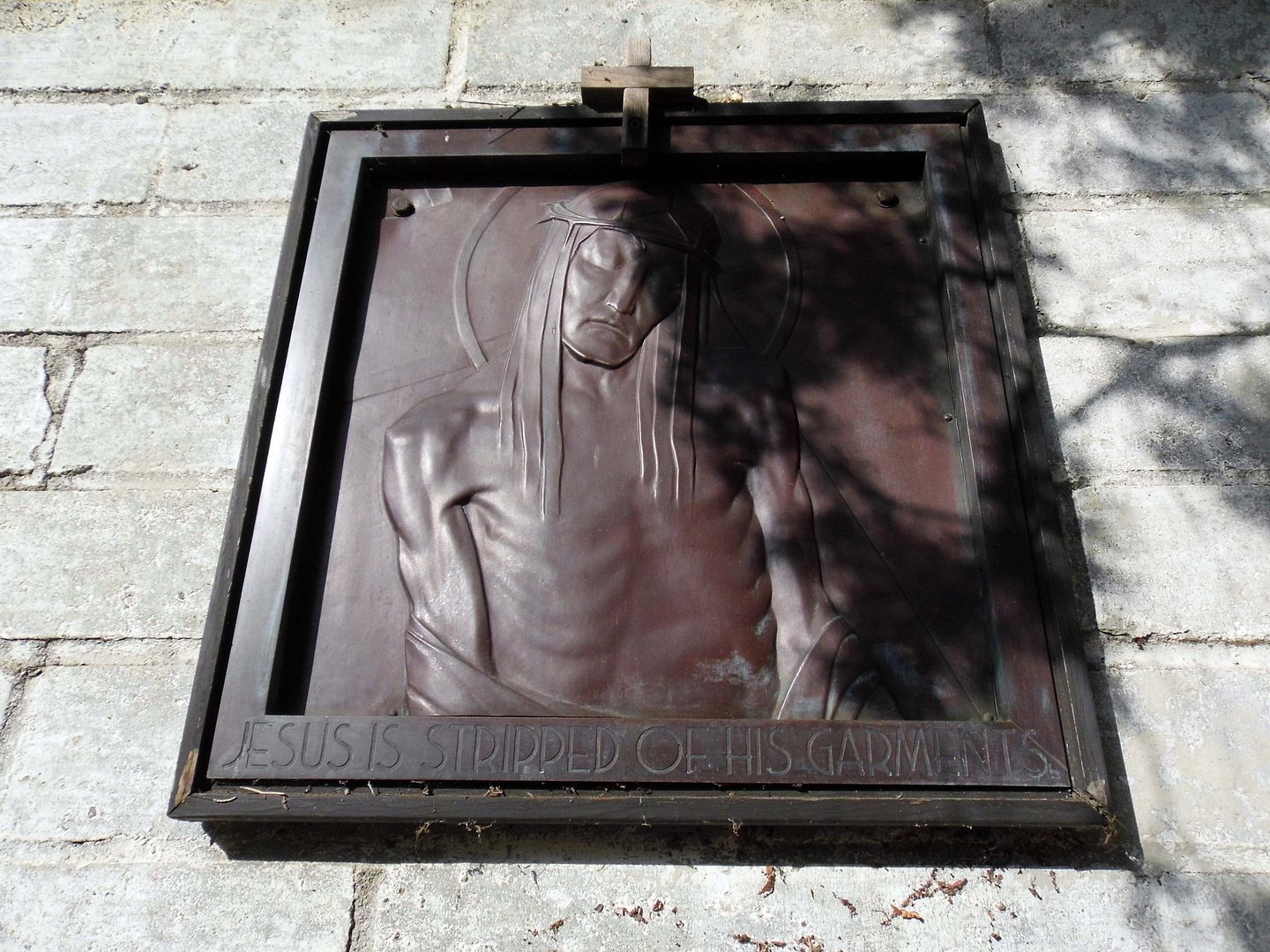The man who made maps widely commercially available also built an entire town, starting with this ranch.

Now known as the Neff Estate - consisting of a Mission Revival house and a barn, but also once a schoolhouse, servant's quarters, olive press and ore - the former Windermere Ranch was established by Chicago mapmaker Andrew McNally (of Rand McNally fame), who had a winter home in
Altadena and bought some property in an even farther flung area outside of LA to try to draw his midwest friends and associates all the way out West.

LA County is full of stories of midwest industrialists being drawn to warm weather and pleasant communities like Pasadena (see:
Gamble House), but McNally not only bought land and built property out here: he bought enough land from out of the Rancho Los Coyotes to found an entire town, which he named
La Mirada (Spanish for "The View").

When his Chicago friends didn't follow him out west, McNally built the house on his land for his daughter and son-in-law (that's Neff)...

...and although it wasn't for himself, the vision for it was distinctly his.

The elaborate grounds housed an
arboretum and aviary, as well as olive groves that produced nationally famous olive oil that was shipped all over the country. (Some of those olive trees can still be found in the area, though somewhat displaced).

McNally also secured Frederick Roehrig ("The Millionaire's Architect") to design the building, whose Mission Revival style is actually somewhat of a precursor to the
Arts & Crafts movement. The main house still has some of its original features: curved plaster ceilings, intricate woodwork, oak floorboards, and gasolier lighting fixture.

The dining table and chairs are also original...

...and there are plenty of windows from which to take in that view.

The house was preserved and restored in the 1960s, when preservation wasn't a thing and people were generally more concerned with new construction and tearing old things down.

There is period-appropriate laundry machinery in the laundry room, and many features of the kitchen (including a copper sink) have been returned to their original state.

But much of the restoration done was a result of guesswork, using references like the Sears Roebuck catalog from the time.

Upstairs in particular, Roehrig's style can be seen in the number of arched windows throughout the bedrooms and their closets...

...letting lots of natural light in, especially for a time when electricity was highly undependable.

The rest of the furnishings and decor are not original, but you can get a feel for what it must have been like to live there in the early 1900s...

...to catch a glimpse of the vast expanse of land wherever you could...

...and constantly hear the
trains go by.
To Like Avoiding Regret on Facebook, click here.



